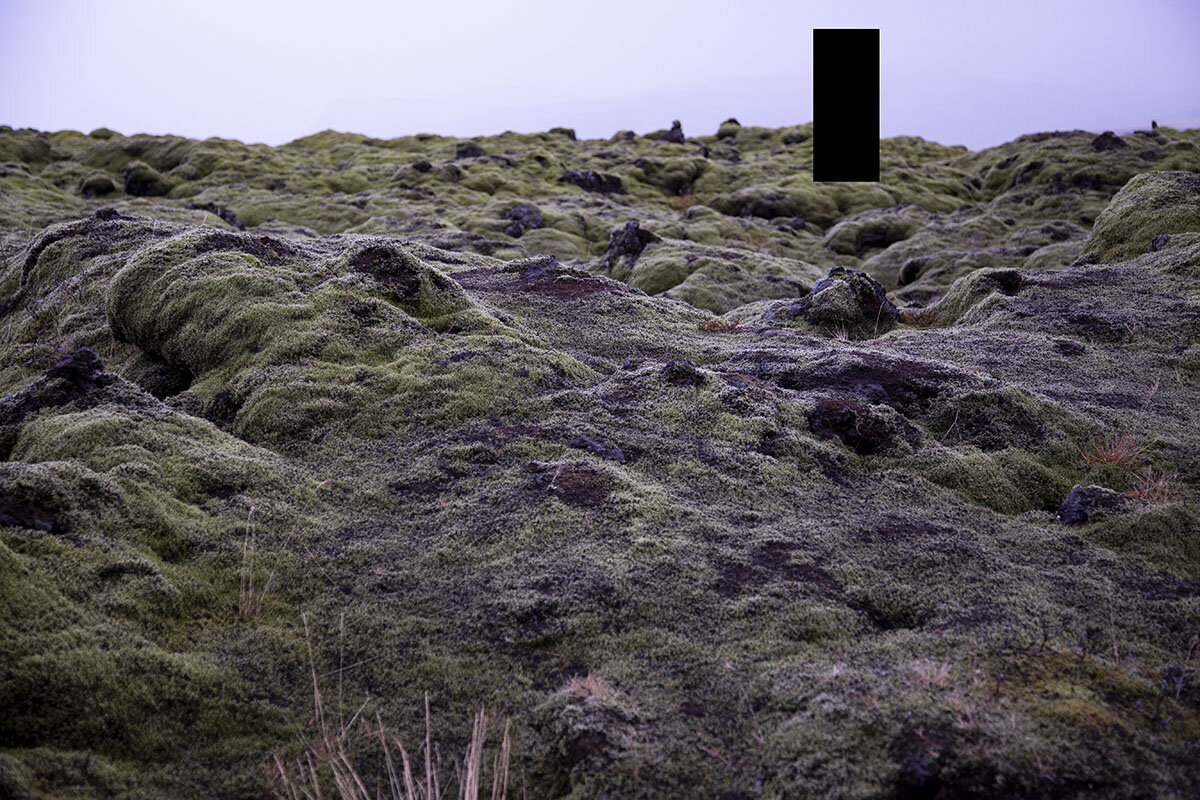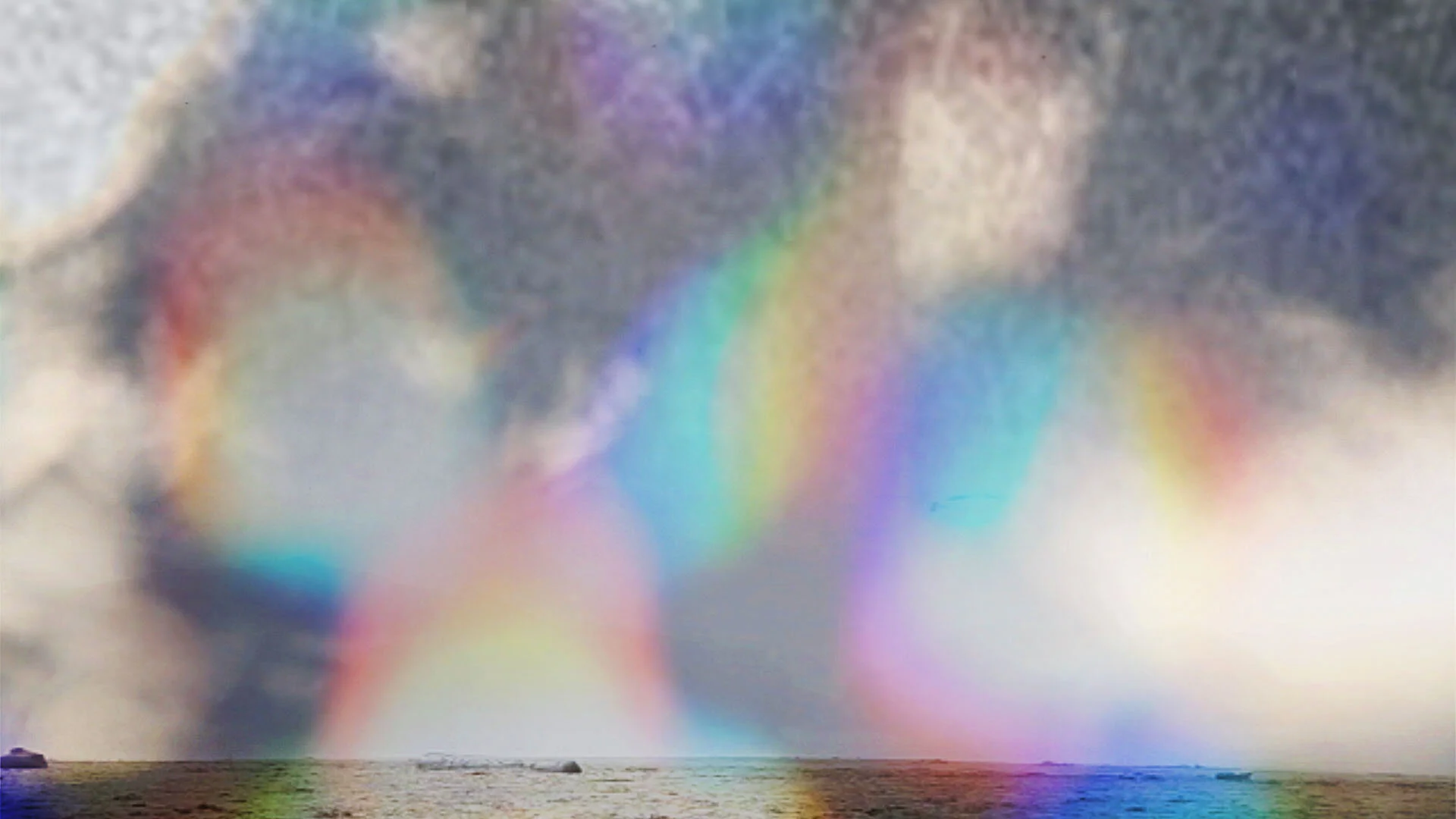Language and propaganda
“Language and Propaganda” is a bilingual publication project wherein 4 artists and 4 authors responded to one another, each producing three texts and artworks. Features the works and responses of Sonny Assu, Annie Briard, Marie-Pier Malouin, Jerôme Baco and authors Colin Browne, Sara Snow, Michèle Smolkin, Laurent Sagalovitsch. Limited edition books are available through the publisher: The Perceiving Eye, spring 2020.
The following are Annie Briard’s contributions to this book.
Un vif silence
Soundscape, mp3 audio file / Environnement sonore, fichier audio mp3.
Propaganda promulgates itself into the minds of those exposed to it through insidious means. Like a pop song on the radio, ceaselessly repeated to eventually form a familiar pattern in the mind and eventually becoming palatable to even the most critical listener, these messages become what we don’t know that we know[1]. These “innate” judgements might even masquerade as critically thought out. I have been over the past several years interested in these forms of infiltration, and the ways in which these percepts can alter our brainwaves, and thus our moods and state of mind. In the 1970s, NASA experimented with sound tonalities to see how they might, by tuning brainwaves, even induce sleep, or hallucination. I’ve worked with binaural beats to alter visual perception in past works, but in the context of the Language and Propaganda project I became interested in the political implications of the subliminal. The repetition, addition and eventual cacophony of such messages propagated by social and big media eventually turns into noise which can no longer be consciously deciphered without great pains. As static noise is categorized into different colors and my work generally deals with the visible spectrum, I created a soundscape of this noise, going through the color spectrum, and crescendoing into successive layers until it too becomes neutral, negated by the mind, as the listener drifts off into daydream or sleep and the subliminal can grow.
[1] Žižek, Slavoj, “Philosophy, the “unknown knowns”, and the public use of reason”, in Topoi, vol. 25, no. 1–2 (2006): 137–42.
Landscape and Propaganda / Paysages et propagande
Series of 9 inkjet prints on rag paper / série de 9 impressions à jet d’encre sur papier d’aquarelle
“The landscape as an artform is rife with heavy baggage accumulated over centuries. As a media artist and photographer, I regularly make use of landscapes in order to talk about our misperception of the world around us, to question the function of visual perception and light, and also to discuss humanity’s impact on the environment. Through regular road trips and long-haul backpacking hikes, I immerse myself in the land in order to spark inspiration for new projects. There is a problematic nature to landscape photography (and painting) however, upon which Landscapes and Propaganda reflects.” — excerpted from Language and Propaganda, ed. The Perceiving Eye, 2020.
Levée du cosmos / Rise of the Cosmos
Vidéo HD, sans son / HD video, silent
Landscapes are consumed by fog (a natural white noise) and layers of fogged light creating a visual poem of erasure.
Des paysages sont successivement engloutis par le brouillard (bruit blanc naturel) et par des rayons de lumière voilée, créant un poème sur l’effacement.



